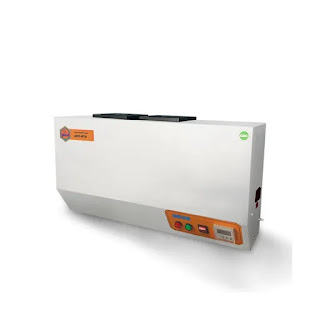
water filter purifier machinery Water Filter and Purifier Machinery: An Overview Water filter and purifier machinery plays a crucial role in providing clean, safe, and potable water for residential, commercial, and industrial applications. These systems are designed to remove contaminants, impurities, and harmful substances from water, ensuring it meets the required health and safety standards. Types of Water Filtration and Purification Machinery 1. Reverse Osmosis (RO) Systems Uses a semi-permeable membrane to remove dissolved salts, bacteria, and heavy metals. Commonly used for desalination, household drinking water, and industrial processes. Multi-stage filtration often includes sediment and activated carbon filters. 2. Ultrafiltration (UF) Systems Works by forcing water through a fine membrane that removes bacteria, viruses, and suspended solids. Does not remove dissolved salts, making it suitable for areas with lower contamination levels. Common in municipal and...


















